Ideas or Inquiries
Create colorful rainbows and see how milk reacts to dish soap.
Vocabulary
Fat, molecules, color, swirl
Supplies
- Milk (whole or 2%)
- Small plate or bowl
- Food coloring or liquid watercolor (such as Colorations)
- Dish-washing soap (Dawn brand works well)
- Cotton swabs or cotton balls
Directions
- Pour enough milk in each child’s plate or bowl to completely cover the bottom. You don’t need much Allow the milk to settle.
- Add food coloring/liquid watercolor in drops to the milk. Just a few drops to each plate/bowl, and make sure to keep the color close to the center of the milk.
- Find a clean cotton swab or ball for the next part of the experiment. Predict what will happen when you touch the tip of the cotton swab to the center of the milk. It’s important not to stir the mix. Just touch it with the tip of the cotton swab. Go ahead and try it. Did anything happen?
- Now, dip the cotton swab/ball into the dish soap. Place the soapy end of the cotton swab back in the middle of the milk and hold it there for 10 to 15 seconds. Look at that burst of color! It’s like the 4th of July in a bowl of milk!
- Dip the cotton swab into the dish soap, and try again. Experiment with placing the cotton swab at different places in the milk. Notice that the colors in the milk continue to move even when the cotton swab is removed. What makes the food coloring in the milk move?
What’s happening? What are the take-ways?
Milk is mostly water but it also contains vitamins, minerals, proteins, and tiny droplets of fat suspended in solution. Fats and proteins are sensitive to changes in the surrounding solution (the milk).
The secret of the bursting colors is the chemistry of that tiny drop of soap. Dish soap, because of its bipolar characteristics (nonpolar on one end and polar on the other), weakens the chemical bonds that hold the proteins and fats in solution. The soap’s polar, or hydrophilic (water-loving), end dissolves in water, and its hydrophobic (water-fearing) end attaches to a fat globule in the milk. This is when the fun begins.
The molecules of fat bend, roll, twist, and contort in all directions as the soap molecules race around to join up with the fat molecules. During all of this fat molecule gymnastics, the food coloring molecules are bumped and shoved everywhere, providing an easy way to observe all the invisible activity. As the soap becomes evenly mixed with the milk, the action slows down and eventually stops.
Try adding another drop of soap to see if there’s any more movement. If so, you discovered there are still more fat molecules that haven’t found a partner at the big color dance. Add another drop of soap to start the process again.




